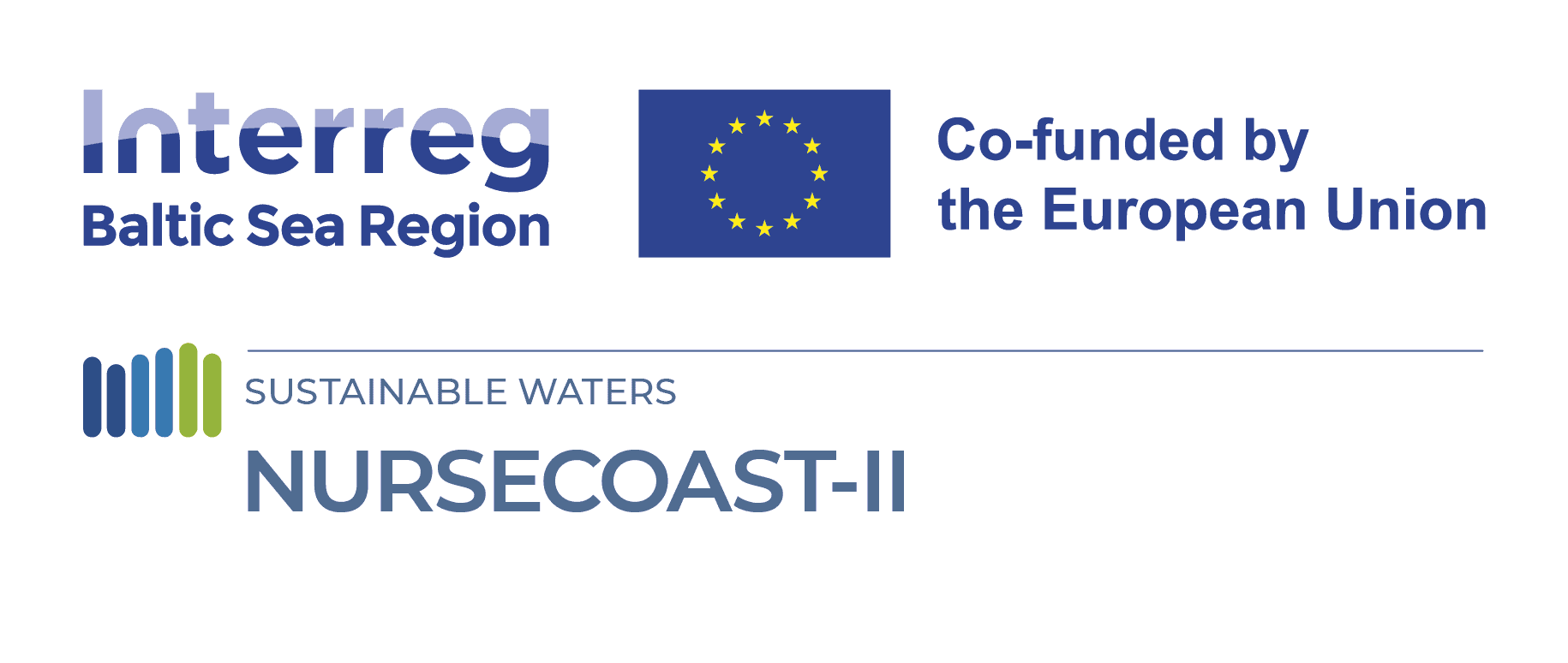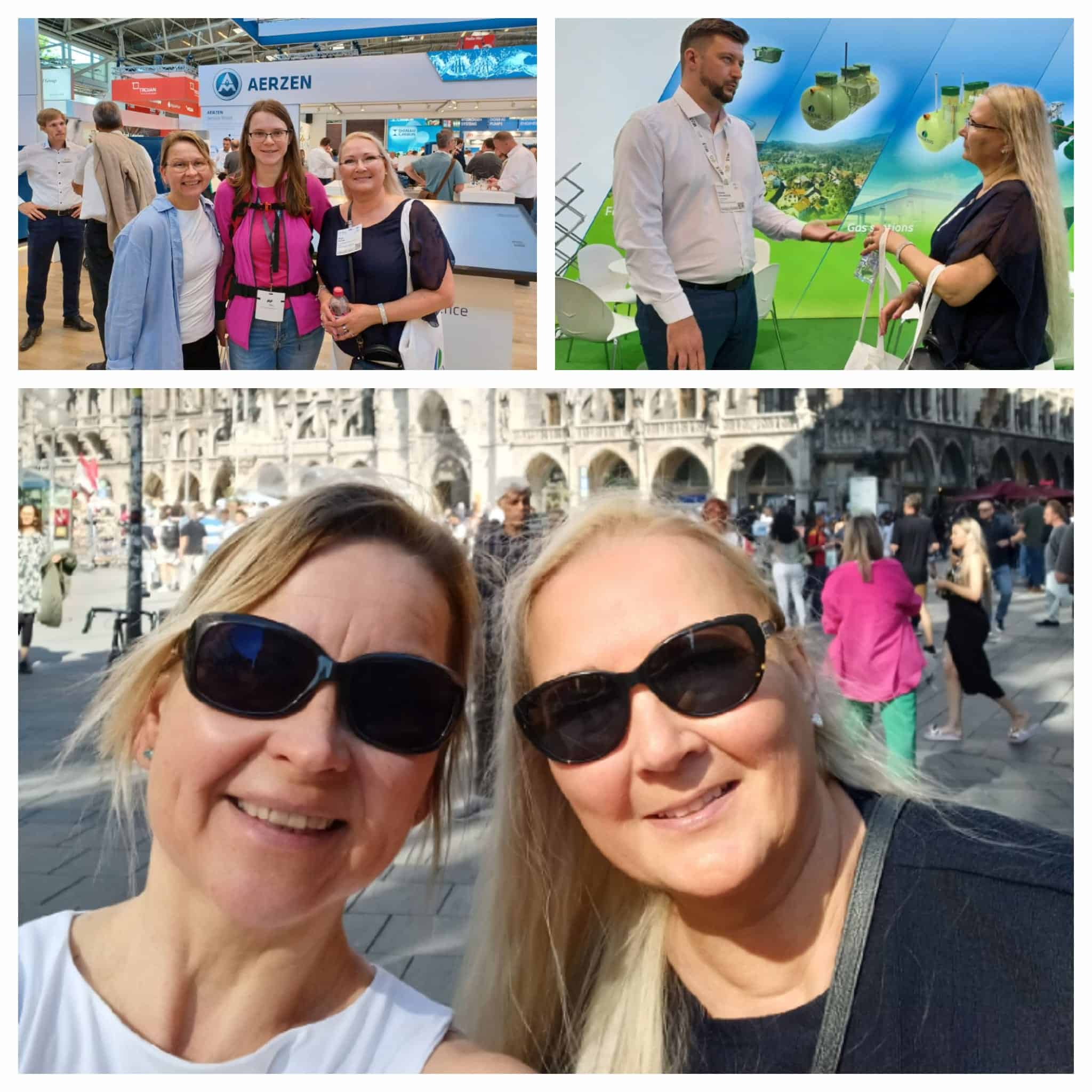
IFAT Munich 2024: Pioneering sustainable solutions for water and waste management
17 June 2024
IFAT Munich 2024 was the largest in its history and took place from May 13-17 in sunny Munich. It attracted around 142,000 visitors from nearly 170 countries and regions, making it the leading trade event for the water, sewage, waste, and raw materials industries. The event set a record for international exhibitors, with 55 percent of the 3,211 exhibitors coming from abroad. Companies from a total of 61 countries and regions participated.
Technology plays a crucial role in addressing global challenges
This year, IFAT Munich’s key themes focused on how the world can adapt to climate change and protect the environment. The circular economy was emphasized as it can significantly reduce the need for primary raw materials. The main themes of this year’s conference were the digitalization in water-wastewater monitoring and municipal waste management, sewage transport and treatment, as well as material flow management. A variety of technologies and innovations were showcased, highlighting the environmental technology sector as one of the most innovative industries today. While the focus was on large-scale water and wastewater treatment solutions for municipalities and cities, small-scale solutions were also presented.
Our interest at the fair was to survey the small wastewater treatment plants on the market and their technological solutions to adapt to huge seasonal variations. Among small device manufacturers, Klaro, Traidenis, Biorock, Rikutec, Topas, and BioTornado were present. In many cases, a separate storage tank or using an activator was offered as a solution. Exhibitors highlighted possibilities with modular and adaptable designs and also emphasized smart technologies and adaptive control systems. Separate package-type (MBBR, SBR, MBR) container systems were also available.
Carriers – burden or blessing
At the fair, oxidation tanks with carriers of different colors and shapes were visible at many stands. Carriers are used in wastewater treatment primarily to provide a surface for microbial growth in attached growth processes. The carriers provide additional surface area for biofilm growth, increasing the biomass concentration and improving the treatment capacity of the system.
The use of carriers in wastewater treatment systems, particularly those made of plastic, raises concerns about their environmental impact and the potential for microplastic pollution. Over time, wear and tear or mechanical stresses may cause carriers to degrade, releasing microplastics into the treated wastewater. Additionally, during maintenance or cleaning procedures, some carriers may become dislodged and enter the effluent. Once released into the environment, microplastics can enter aquatic ecosystems through effluent discharge. At the end of their lifespan, carriers become integrated into the sludge or biomass that forms during treatment. We found a manufacturer that makes carriers from recycled plastic. However, it does not eliminate the possible microplastic problem. The same manufacturer also had carriers made of sugarcane. Choosing carriers with alternative materials that minimize environmental persistence can reduce the risk of microplastic pollution.
Nanobubbles – promising possibilities for improving treatment efficiency
Nanobubbles can cost-effectively enhance aeration or flotation systems to improve energy efficiency, reduce process upsets, and increase removal efficiencies. Equipment manufacturer Moleaer stated that nanobubble generators can be used to remove surfactants and their toxic effects from wastewater, enabling higher biomass kinetics and best-in-class oxygen transfer rates. This results in lower treatment costs and paves the way for treatment intensification to deliver reliable, high-quality effluent in a smaller footprint and at a lower energy and capital cost than previously possible. During a trial at Fallbrook Public Utility District’s wastewater treatment plant in Fallbrook, California, applying nanobubble technology at the headworks resulted in a 60 percent increase in oxygen transfer and 45 percent potential energy savings. The trial showed that nanobubbles could remove surfactants from wastewater to improve treatment efficiency and reduce oxygen demand. Promising results from around the world. Smaller-scale test results are therefore eagerly awaited from the NURSECOAST-II project!
IFAT Munich offered innovative ideas and solutions for all aspects of small-scale and municipal wastewater management. More research is needed as well as practical applications and testing. These are exactly the results we produce in our NURSECOAST-II project.
The next IFAT Munich will be held at the exhibition center in Munich from May 4 to 8, 2026.
Writers: Anu Reinikainen and Virpi Vorne, Natural Resources Institute Finland (Luke), Finland








